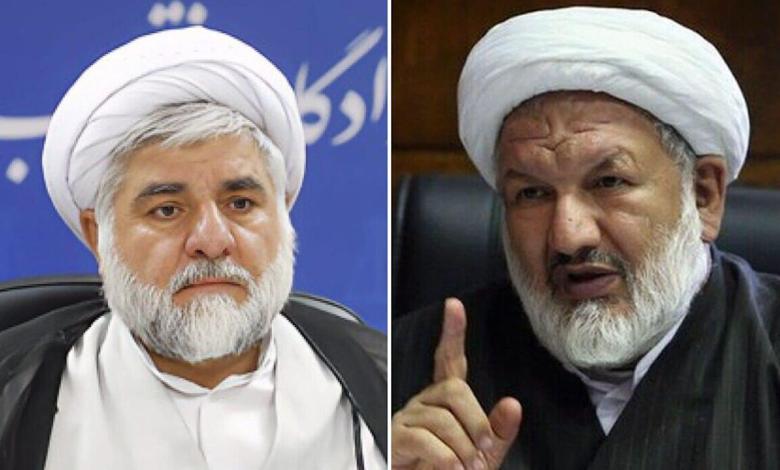Two Iranian “death-penalty judges” shot dead in Tehran

An armed assailant shot dead two notorious Iranian judges inside the Islamic Republic’s Supreme Court on Saturday.
Judges Mohamed Moghese and Ali Razini were known for handing down harsh sentences, including executions, during their decades-long careers. These judges are called “death judges” and “executioners” in Iran.
Iran’s judiciary said “an armed infiltrator” carried out a “planned assassination” inside the Supreme Court building in the capital Tehran.
“Based on preliminary investigations, the persons involved have neither filed a case with the Supreme Court nor visited a branch of the Supreme Court,” the judiciary said in a report.
The attacker shot a Supreme Court judge before “quickly committing suicide”.
Foreign capital participation is not excluded
Asghar Jahangir, a spokesman for Iran’s judiciary, told state television that the attacker was armed with a pistol.
“At around 10 to 10:45 this morning, attackers entered the offices of two brave and experienced judicial judges of the Supreme Court,” he said.
“We don’t know the motive behind the assassination because the attacker committed suicide while fleeing the scene, but we are investigating,” he added.
Although no group claimed responsibility, Iran’s judiciary did not rule out foreign involvement.
“Notably, over the past year, the Justice Department has taken extensive action to identify, pursue, arrest, and prosecute individuals associated with the evil Zionist regime, allies of the United States, espionage, and terrorist organizations and molecules.
The building was evacuated after the shooting.
Directly involved in crimes against humanity
The shooting was one of the worst attacks on Iran’s judiciary in recent years.
Both ayatollahs hold senior positions in Iran’s judicial system.
Mogise has been sanctioned by the United States and the European Union for human rights violations and has been sentenced to a total of more than 1,600 years in prison in 335 cases in recent years, according to human rights groups.
He is best known for prosecuting political prisoners following protests over Iran’s 2009 presidential election.
Razini, who heads the 41st Chamber of the Supreme Court, survived a car bombing in 1999.
His career included serving as a revolutionary prosecutor in Tehran and holding various senior judicial positions.
He was also involved in trials related to Iran’s 1988 mass executions, when thousands of political prisoners were led to the gallows.
“Mohamed Moghese and Ali Razini were directly involved in crimes against humanity and by approving [the regime] Opponents,” said Mahmoud Amiri-Moghaddam, director of the Norway-based Iran Human Rights Organization.
“We should put explosives in your mouth”
Former Iranian prisoners whose cases are overseen by judges shared their experiences following the shooting on social media.
“Judge Mogise sentenced me to nine years in prison in a court hearing that lasted less than nine minutes,” said one former prisoner.
“On the day of the trial, when I walked out of his office, I saw the two young men in the worst condition… I asked the guard why they were tied like this and he replied with an ugly smile,” Judge Mogise sentenced They were punished by death.
Another former prisoner said: “Mogise was the judge in my case. He said, ‘We should put dynamite in your mouth and blow it up.
Broaden your horizons with award-winning British journalism. Try The Telegraph free for 1 month and get unlimited access to our award-winning website, exclusive apps, money-saving offers and more.


